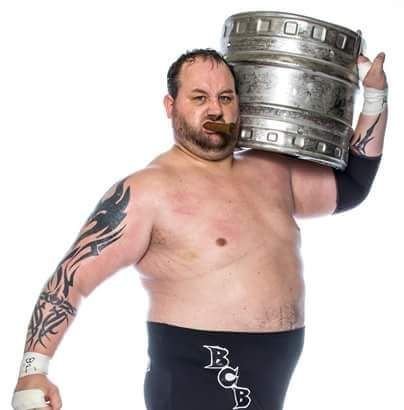For those following the Julian Calendar, today is the Feast of the 40 Martyrs of Sebaste. As the story goes, 40 Roman soldiers who had professed Christianity were sentenced to die by being forced to stand naked in a freezing lake. One, however, apostatized and left the cold waters, only to be replaced by another Roman soldier who, moved by the sight of the other 39 soldiers’ heroic martyrdom, embraced Christianity. It is hard not to draw a parallel between this brave Roman soldier who entered the freezing waters voluntarily and Mathew Ayairga, a native of Chad and non-Christian who voluntarily accepted martyrdom at the hands of the Islamic State in February 2015 along with 20 Coptic Christians. Like Ruth of old, this young man confessed, “Their God is my God.”
Both acts of faith are difficult for contemporary minds to comprehend, even among Catholics. Religious liberalism, one of the hallmark dogmas of the modern age, destroys the sense that one ought to die for the truth rather than genuflect before error. Today, while hundreds of thousands of Christians are subjected to violence in the Middle East, there are Catholic bishops and priests who wish to promote the idea that the Triune God—Father, Son, and Holy Spirit—is the same as the false deity Allah. However, ask any Muslim who takes his religion seriously if this is true, and he will respond, “Allah had no son.” And he’s right. For only the Christian God, that is the true God, “came down from Heaven” and “by the power of the Holy Spirit, he became incarnate of the Virgin Mary, and was made man.” This truth, and all that flows from it, is what both the Martyrs of Sebaste and the New Coptic Martyrs gave their lives for. (And though the Copts remain estranged from the Catholic Church, they are—following the careful theological distinction of Pope Benedict XIV—martyrs coram Deo even if they cannot right now be considered martyrs coram Ecclesia.)
There may have been, some 50 years ago, a misguided sense among some in the Church that religious liberalism, rather than breeding indifferentism, might be pressed into the cause for peace across the world. These misguided souls bought into the liberal myth of progress and the notion that integrating cultures, economies, and political structures across the globe would compel people to set aside their differences. These men misunderstood the power of religion, specifically the power that the search for certainty and truth can have over men’s souls. For 1,400 years the peoples of the Middle East and beyond have been poisoned with mistruth; their certainty, borne out of fideism and fanaticism, has been a scourge on human history. “Free markets” and “open elections” were never going to eradicate that. For the Muslim, unlike far too many Christians, has not lost his sense of the transcendent, of the higher things that stir the soul—sometimes to great evil.
If 39 men stood in a frozen lake for refusing to renounce the Faith, I have to imagine that a good many Catholics would shake their heads in disbelief. They would then laugh at the man who strips down to join them, “knowing” as they do that all one has to do to get to Heaven is “follow your heart.” What, I wonder, would Pope Francis say about such a thing? Would he call it a waste of life? An act of religious fanaticism fueled by needless rigidity? Or, upon hearing of their deaths, would he make mention of it during one of his off-the-cuff interviews, choosing to focus on the intolerance of the persecutors rather than the heroism of those who would die rather than deny the truth. It is hard to imagine that the Holy Father (or most of the world’s bishops) would point to such men and proclaim, “Here! Here are your examples! This is what the Faith means! This is what we must be ready and willing to do for Jesus Christ!” He died for us, but the idea of us dying for Him is now anathema.
Many Catholics today speak of a crisis in the Church or, at the very least, of “serious problems” in the Church. Comparatively few write on the shallowness of our faith, on how distorted and worldly our collective outlook has become. No doubt that is due to the fact that no one wants to admit openly the weakness of their own faith, nor acknowledge that when push comes to shove, they would rather flee the garden of Gethsemane rather than face death, nay, even an ill-word from a coworker or friend. If we really looked hard at how fragile our faith is, we wouldn’t dare call ourselves Christians. Christians, by definition, are those who take up their cross and follow Christ. We today would prefer to follow our hearts and assume God’s approval and understanding, even if the path we have taken is manifestly contrary to natural and divine law.
Who do we blame for this? Because that’s what we like to do: we like to blame. Do we blame Pope Francis? Do we blame our local ordinary? Do we blame our parish priest? Granted, all three might have something to do with sowing the seeds of confusion in the Church today, but what about ourselves? What have we lost (or failed to gain) in this “journey on life’s way”? Those who are aware of the crisis in the Church and the falsehoods that circulate daily within her cannot plead ignorance. Our first reckoning should not be with the “authorities in Rome” or Fr. Bob down the street; it should with ourselves. And yet look how far away we are from doing just that.



